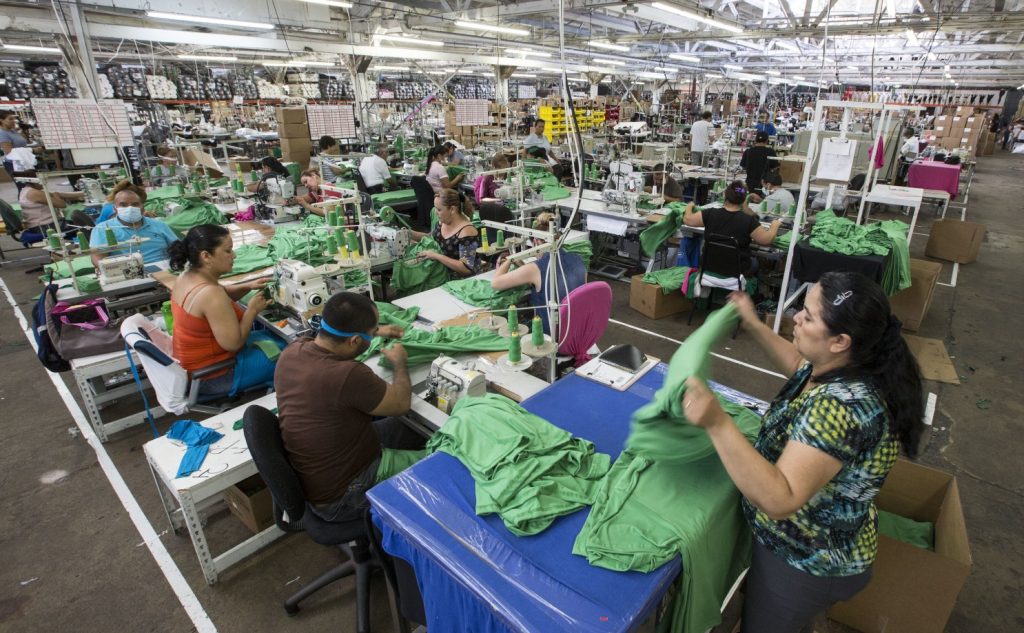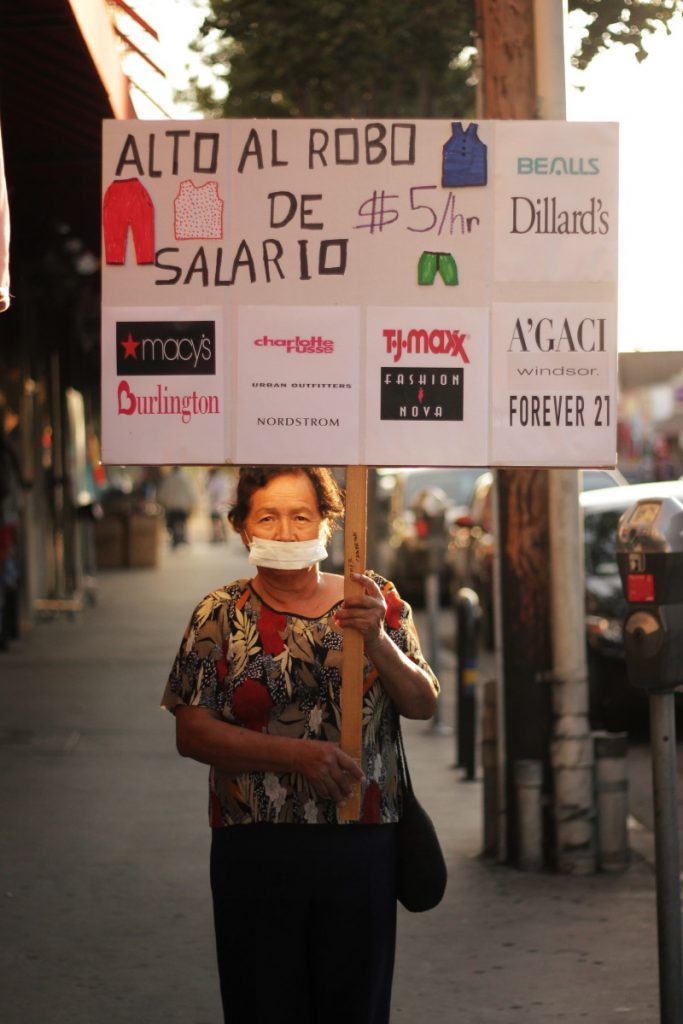On September 28, 2021, California passed a nation-leading law known as the Garment Worker Protection Act, SB 62, which introduces an unprecedented type of accountability in the industry.
When we hear the word “sweatshops” we immediately think of third-world countries, widespread poverty and lack of fundamental labour and human rights. However, many people don’t know that sweatshops exist in well-developed and modern Western countries as well, both in Europe and in the United States. In particular, California has the highest concentration of garment industry workers in the U.S. and employs an estimated 45,000 workers in Los Angeles County, most of them being undocumented immigrant women from Asia and South America. A survey of garment workers in Los Angeles by the Garment Worker Center found an alarming number of health, safety and wage violations in the industry. Behind the glam of many well-known brands is a chain that leads back to L.A.’s old warehouses, the so-called “sweatshops”. The clothes we buy on a daily basis from fast fashion brands are only “cheap” because somewhere else, somebody else is paying.

LA garment workers make as little as $5/hour and work up to 15 hours a day in sweatshop-like conditions to sew clothes for several fast-fashion brands including Fashion Nova, Forever 21, Urban Outfitters, Charlotte Russe and Los Angeles Apparel. Workers are paid per item sewn: the piece rate system is legal only if it reaches the minimum wage, which is impossible when they only receive around $0.3 per item. This in turn translates to about $5 per hour — precisely, hourly wages go from $5.85 to as low as $2.68, according to advocacy group The Garment Worker Center — which is way below California’s minimum wage of $14 per hour. To make the L.A. minimum wage, a worker paid $0.5 per piece would have to sew 280 pieces per hour.
The labour abuse problem in the supply chain was not solved by the Assembly Bill 633, enacted in 1999 to prevent wage theft in the garment industry. Some retailers have frustrated the law by creating layers of subcontracting, which has enabled them to claim that they do not fall under the definition of “garment manufacturer”, and are therefore not liable for wage violations under AB 633, resulting in thousands of garment workers in California being unable to recover their stolen wages. Retailers contract with a network of manufacturers and contractors to produce their garments and dictate the pricing structure that causes wage violations. Last month, garment workers rallied in L.A. to push legislation to make fashion brands who control pricing, not just the subcontractors, subject to increased liability if workers are not paid what they’re owed. Marissa Nuncio, director of the Garment Worker Center, stated California “will no longer be the sweatshop capital of America”.

The new law approved by California Governor Newsom, Senate Bill 62, makes California the first state to require garment workers to be paid per hour, thereby putting an end to the so-called piece rate system: “Utilizing the piece rate enables and even justifies subminimum wage, while creating unsafe working conditions as garment workers are forced to constantly work as quickly as possible to complete as many units as possible”.
Furthermore, upholding the intent of AB 633, the new law makes clear that “a person contracting to have garments made is liable for the full amount of unpaid minimum wage, regardless of how many layers of contracting that person may use”. Brands who contract with a person for the performance of garment manufacturing “share joint and several liability with any manufacturer and contractor for the full amount of unpaid wages, and any other compensation. The bill would also make garment manufacturers and contractors liable for the full amount of damages and penalties for any violation, as specified”.
The liability component of the bill provides a mechanism for enforcement, giving the labour commissioner the authority to issue a citation or order to stop production. “That fashion brands are responsible to their garment makers in the eyes of the law in California is historic, to say the least”, says Elizabeth Cline, advocacy and policy director at the NPO Remake. According to Garment Worker Center director Marissa Nuncio, “SB 62 has made California a leader and a model for the industry, and we’re looking forward to seeing similar protections get enacted across the country and the world”.
As consumers, we have the power to change the world through our fashion choices. It’s not only about choosing well, but also about buying less. We purchase over 80 billion pieces of new clothing each year. According to Equiply, over 30 percent of the clothes made annually are never sold, and 13 million tons of clothes end up in landfill. It’s also crucial to be aware that we cannot disconnect environmental justice from social justice: consumers must demand companies for greater transparency in the clothing supply chain. Indeed, only transparency can lead to accountability, and only awareness of the impact of our fashion choices enables better decisions and changes in habits, ultimately forcing fashion companies to adapt to new standards of sustainability.
By Anna Zanolli






